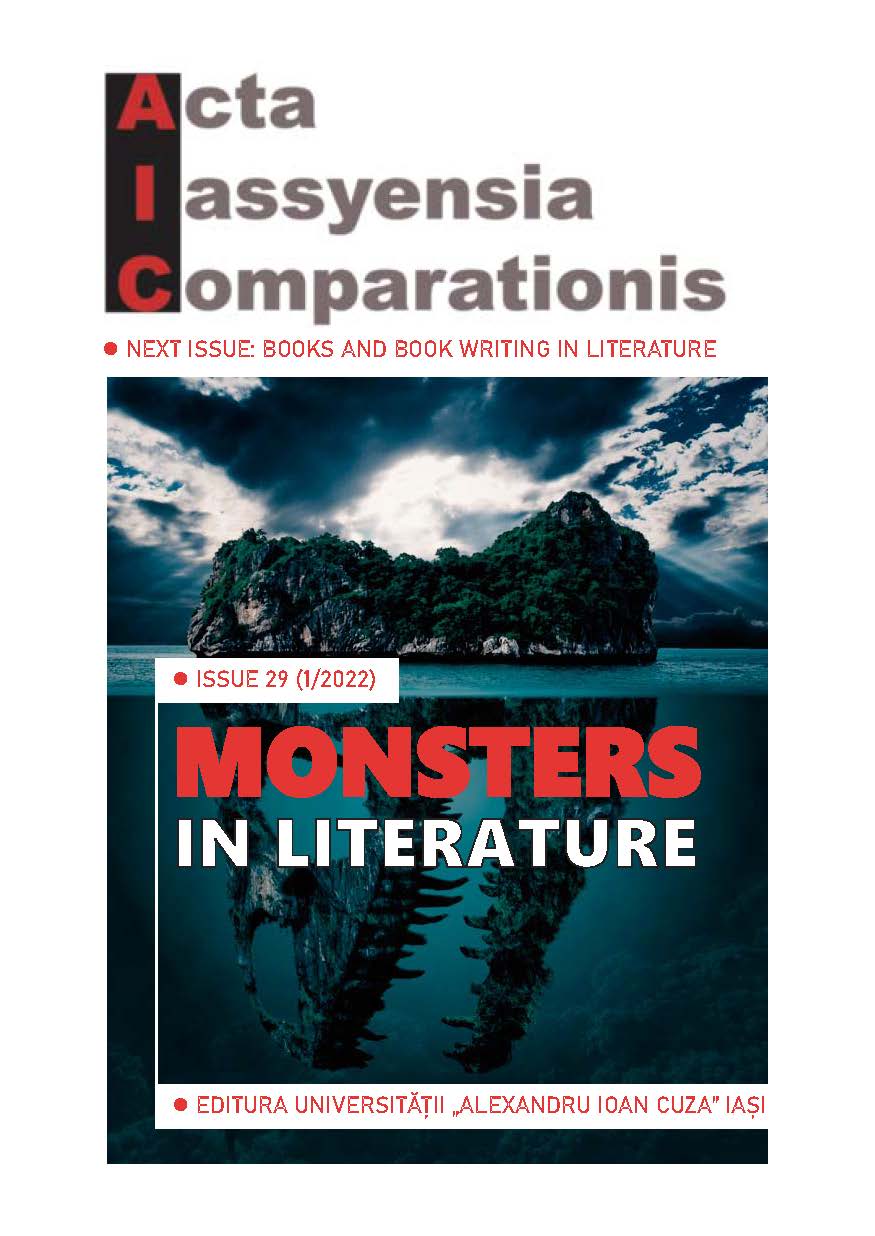Lectura naște monștri – creaturile livrești ale Angliei victoriene
Reading Breeds Monsters – The Bookish Creatures of Victorian England
Author(s): Mădălina Elena MandiciSubject(s): Cultural history, Studies of Literature, 19th Century, British Literature
Published by: Editura Universităţii »Alexandru Ioan Cuza« din Iaşi
Keywords: library monsters; dangerous reading; reading Medusa; conflicting Victorian ideologies; deformity; depravity;
Summary/Abstract: This paper deals with the context in which the monstrously distorted textual encounters of the four female characters – Catherine Earnshaw, Maggie Tulliver, Dorothea Brooke and Dinah Morris –and the printed word seen as a dangerous entity occur. Emily Brontë and George Eliot bring to the forefront their heroines’ library tour of fictional choices to raise red flags related to 19th-century anxieties about women readers who begin to incarnate the texts read in solitude. The drastic change of reading patterns in the 19th-century involves, by extension, women’s habituation with unguided reading for pleasure instead of domestic duties. Within the same social context denying the existence of a sophisticated female reading public, there is a spectacular growth and diversification of texts penned and read by women. The two novelists themselves, both of whom assume a pen name, remain hesitant about the disclosure of their public persona. Much of the fascination that the embedded intertexts of Wuthering Heights, The Mill on the Floss, Middlemarch and Adam Bede hold over the female characters is linked with their quest for personal exploration and expansion. The aim of this paper is to illuminate women’s conflicting contribution to hermeneutical events which, in the nineteenth-century, not only appall and paralyze readers with fear, but also admonish, instruct, and entertain the audience.
Journal: Acta Iassyensia Comparationis
- Issue Year: 1/2022
- Issue No: 29
- Page Range: 65-75
- Page Count: 11
- Language: Romanian

